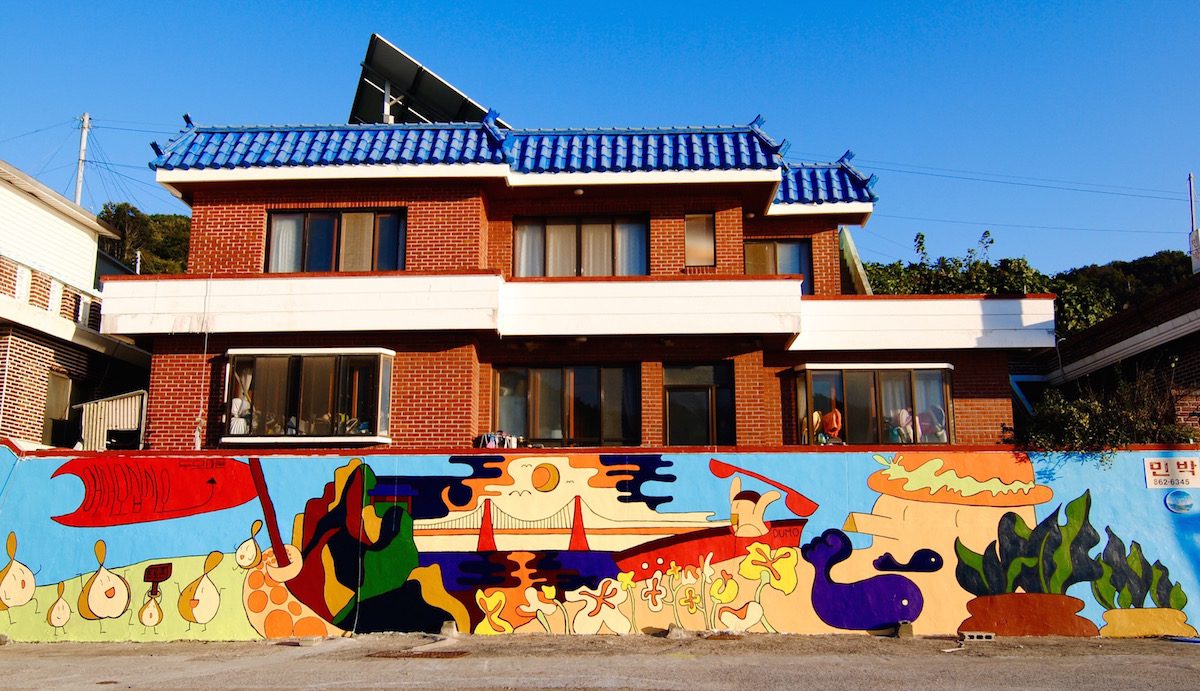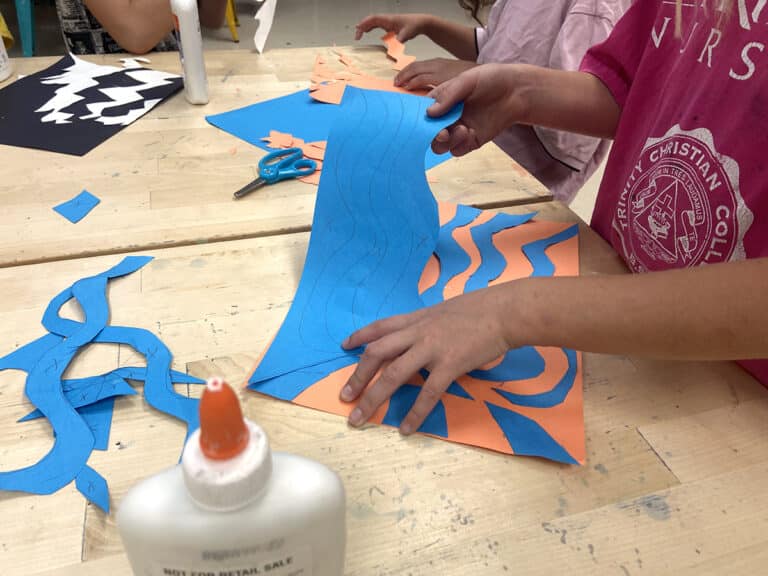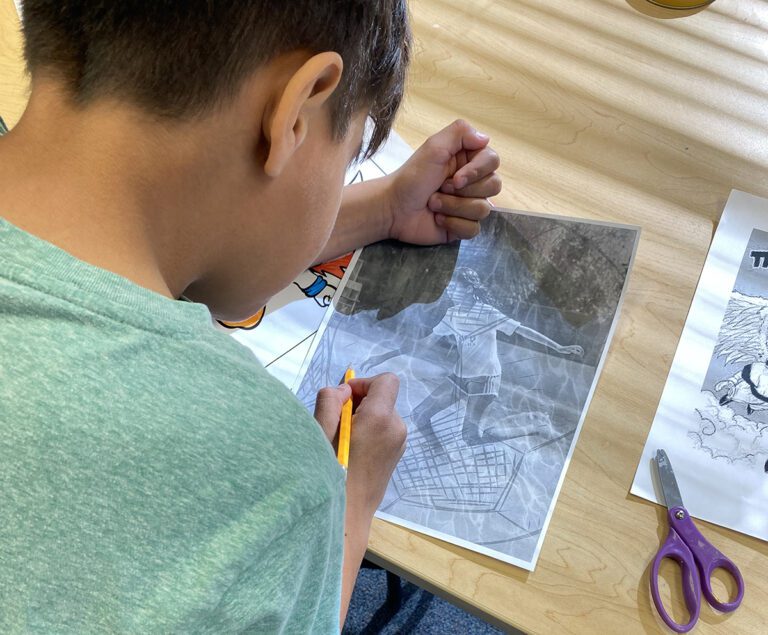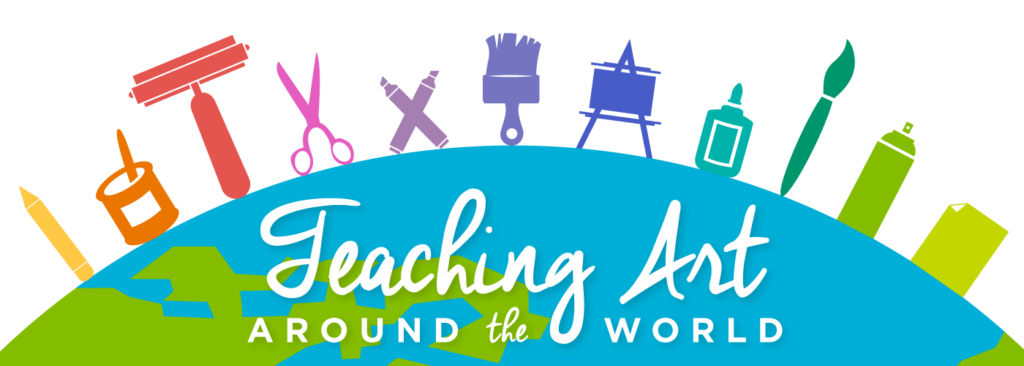
Welcome to the last installment of our very first Teaching Art Around the World Series! If you missed out, here are the links to 5 more amazing stories: Norway, Thailand, Ethiopia, India, Germany.
Today we introduce you to the story of Lauren Robles, a teacher working at Chadwick International in Incheon, South Korea.
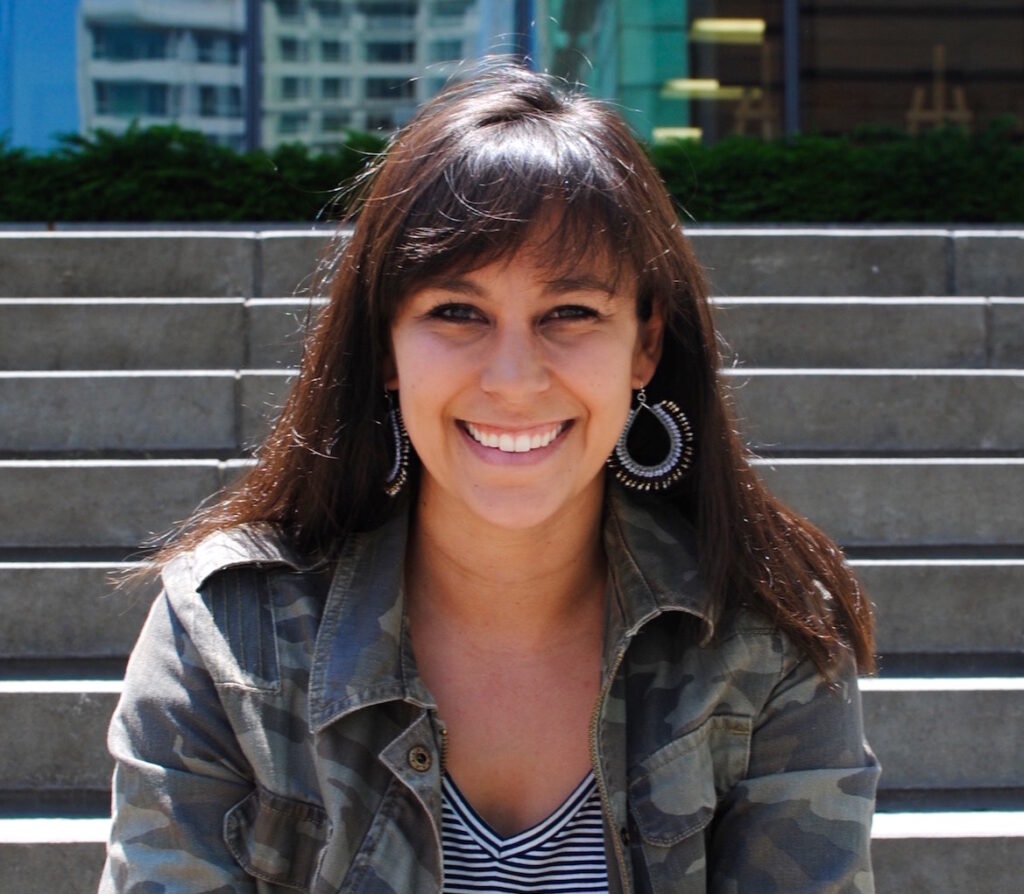
Lauren’s Background
Lauren teaches visual art at Chadwick International in Incheon, South Korea. Originally from California, Lauren attended Chadwick’s sister school in Palos Verdes from grades 4-12. Through a connection there, she had an opportunity to teach abroad right out of school. Says Lauren, “When I was in graduate school, my former teacher at CS was the headmaster at CI, and when he found out I was going to be a teacher, he was instrumental in helping me land the job.” What an adventure!
Read on to learn more about why classroom management is less of an issue for Lauren, how she used potatoes to get her students to loosen up, and which Korean bakery item she misses during trips back home.
On Teaching in South Korea
Lauren’s School
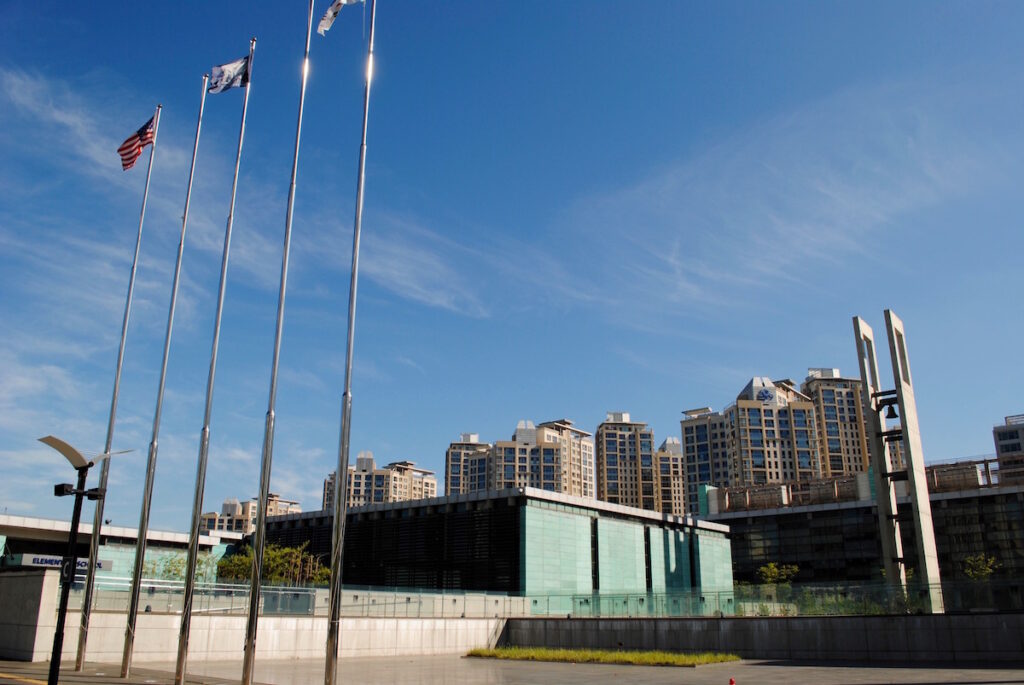
I’ve been teaching visual art at Chadwick International in Incheon, South Korea for the past four years. Chadwick International is a PK-12 school with roughly 1,100 students. The school opened in 2010 and has grown tremendously since then. The majority of our students are Korean, however, each year we are gaining a more international community.
Lauren’s Teaching Position
During my four years here, our school has transitioned to the IB program which is a curriculum framework that is often used in international schools. With the change, I’ve taught a wide variety of classes and curricula.This past year I taught visual art to grades 8-12, including AP Studio Art. Next year, I’ll be teaching grades 9-12 in the Middle Years Program and the Diploma Program. Overall, I have learned so much and have had to be very adaptable, which has definitely made me a better teacher.
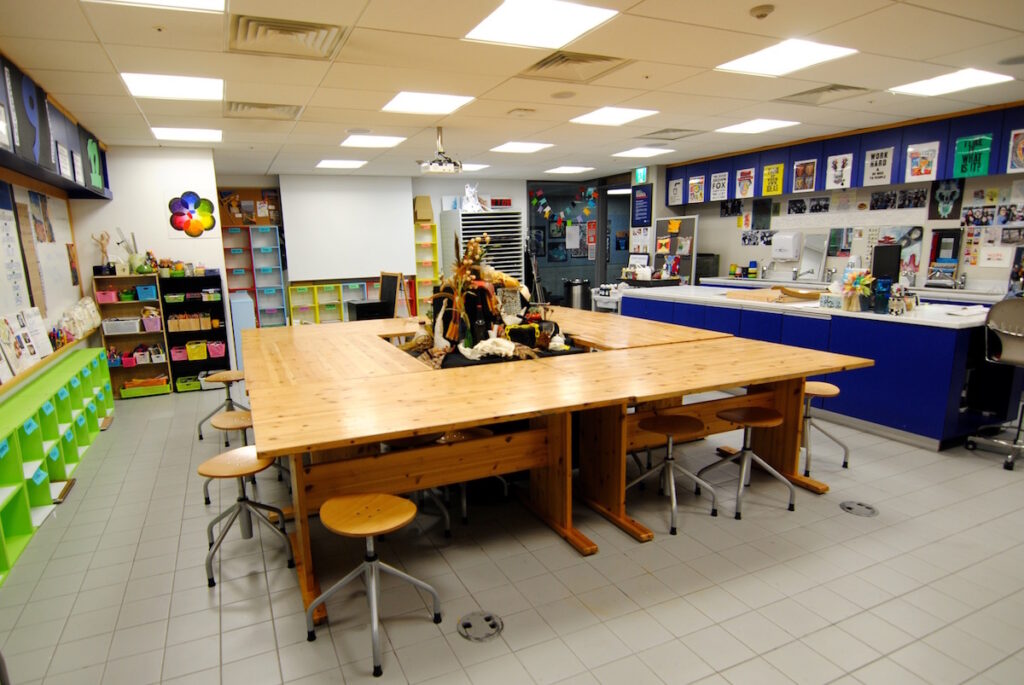
My current schedule allows for 225 minutes a week with my students. I see them for two, 90-minute periods and one, 45-minute period. Throughout the week I also have advisory blocks, assemblies, clubs, and meetings. And, for most of the year, I coach cheerleading after school.
A High-Stakes Education System
The Korean education system is intense, with a high focus on academic achievement. In order to supplement their school education, students attend a variety of hagwons from a very young age. These are after school classes that focus on specific subjects or test prep.
Most students in Korean public schools go to hagwon or tutoring for a few hours after their school day. By the time students are in middle school or high school, they are feeling the pressure to stay competitive, and most see this as crucial to reaching their goals.
Because we are an international school, the number of our students attending hagwons at this level is not quite as high. However, most of our students have been to or will go to a hagwon sometime during their school career. And, although our school encourages students to explore a variety of arts, it does lead to some students being incredibly talented and dedicated to visual art from an early age.
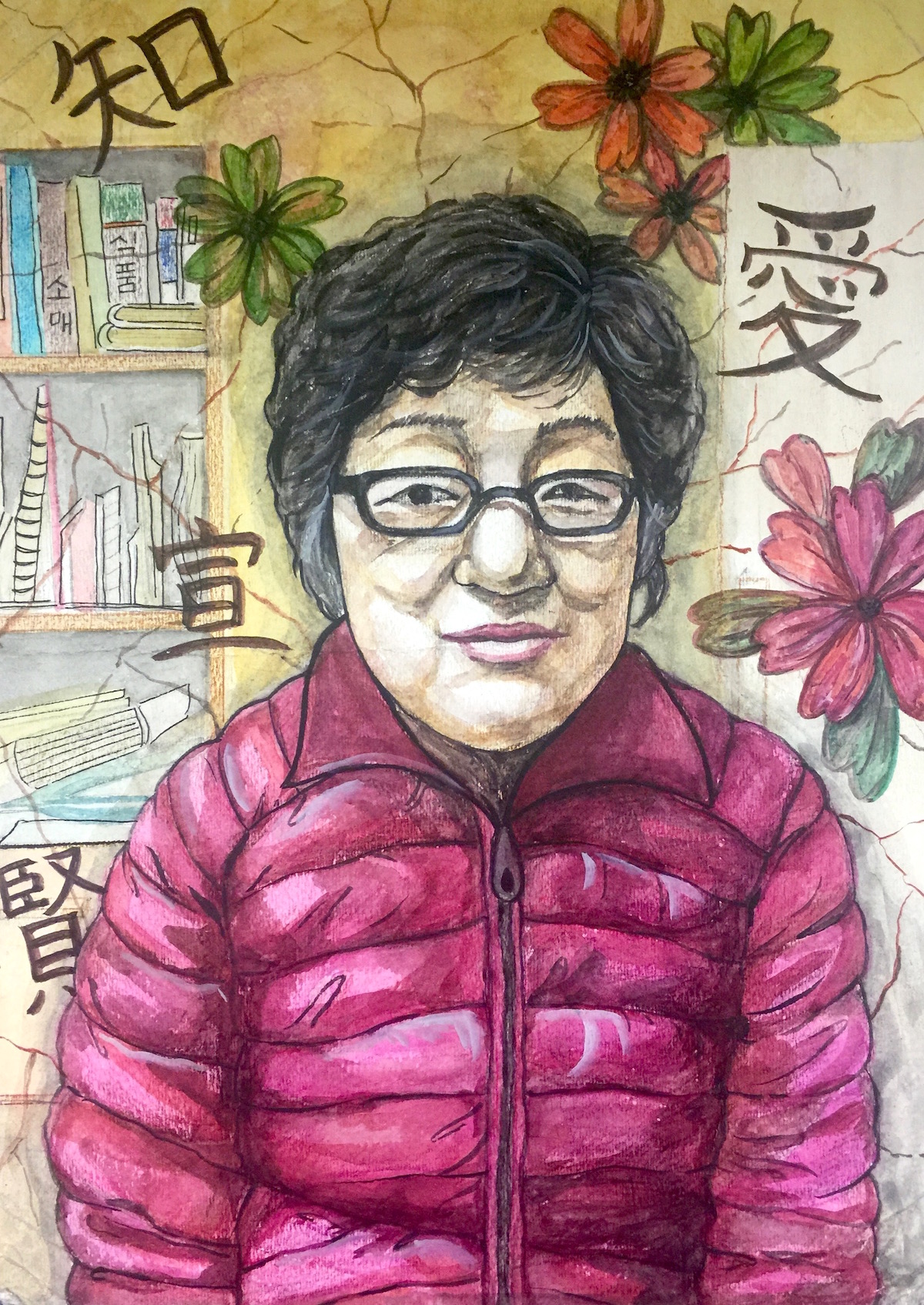
Parental Involvement
Our parents, like our students, feel a lot of pressure to succeed, but at the same time, the parents at our school put a lot of trust in us and our philosophy. Traditionally, Korean schools, especially high schools, are geared towards getting students into the right Korean university, which will, in turn, get them the right job. With our school being an international school whose common language is English, parents send their students here to provide them the opportunity to go to college abroad and receive an education focused on global understanding.
An Easier Classroom Management Situation
Education in Korea is highly regarded, and being responsible and respectful in school is very important. I can’t imagine more polite and well-behaved kids. Sure, like all kids they get wiggly in their seats or chat too much with their friends, but I have hardly ever experienced a disrespectful student. When given a reminder or a task, there is (usually) no arguing or whining. So, I’d say these students aren’t perfect, but they are pretty close.
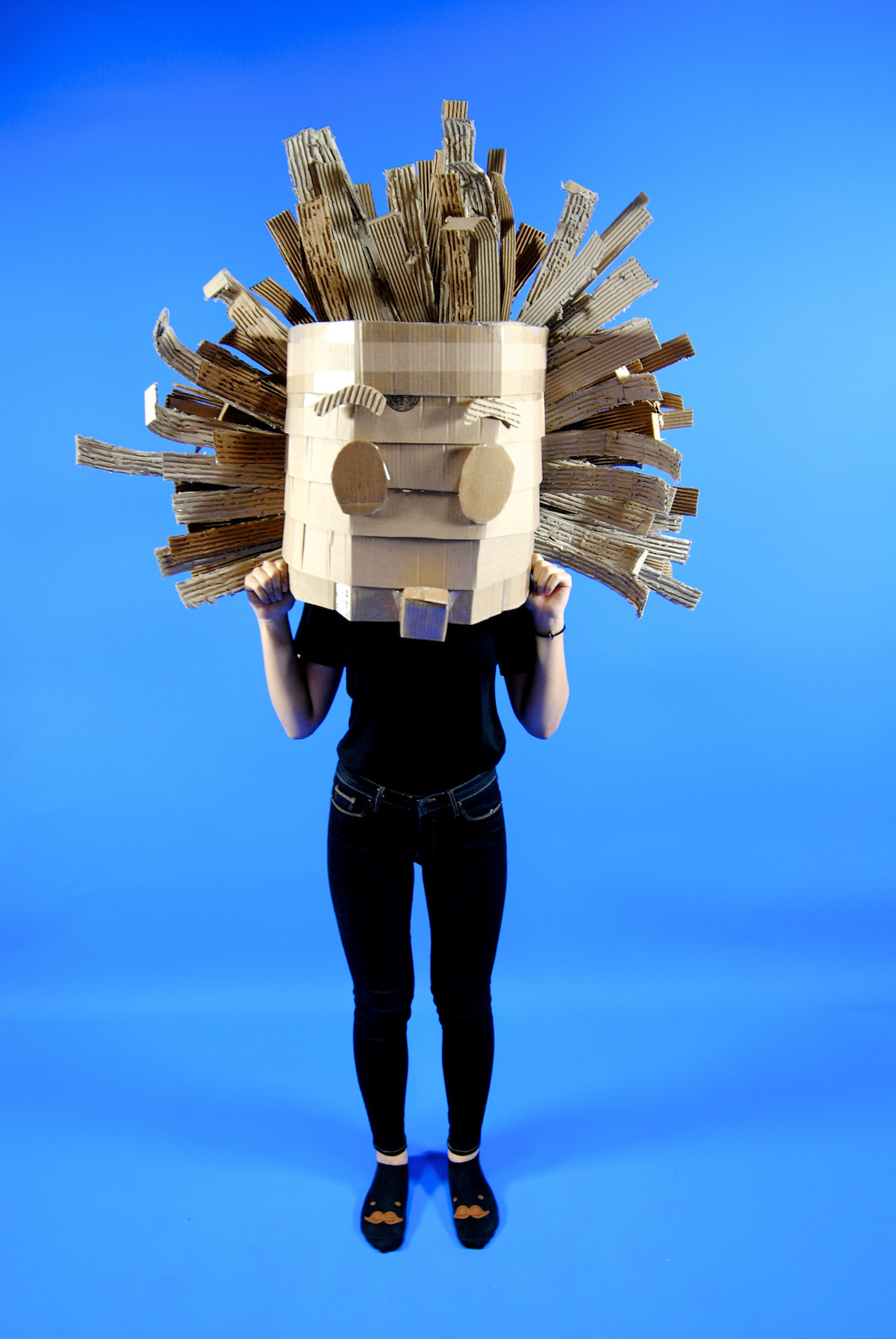
Helping Students Step Out of Their Comfort Zones
One of the biggest challenges I faced as a new teacher here was getting students to step out of their comfort zones. Korean art education is focused on technique and skill. Experimentation is not something my students are accustomed to, especially when it comes to making mistakes!
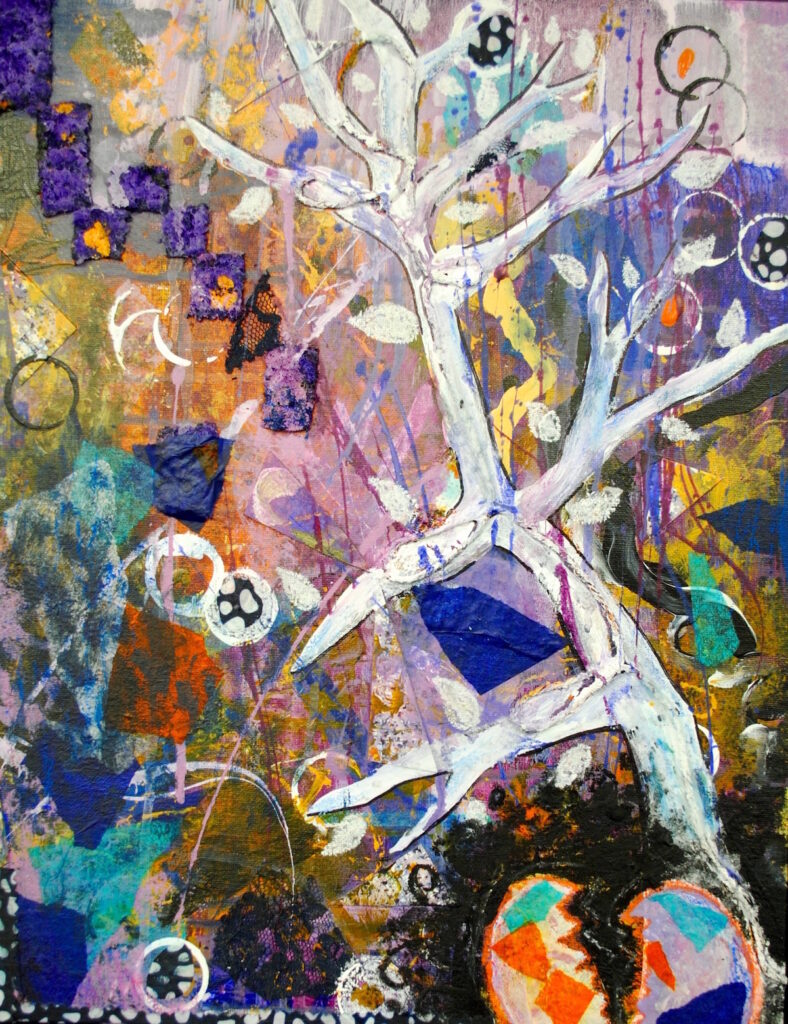
I’ll never forget my first year of teaching when I presented potato printing to my Grade 7 students. I had all the materials laid out and intentionally gave the students vague instructions. I said something like, “You have a variety of materials in front of you… get started!”
I got a bunch of odd stares and confused looks. They were begging for instructions. It took a while before one brave student decided to pick up the potato and dunk it in the paint. Slowly, other students followed suit. Then, after a longer pause someone dared to put their potato on the clean white paper, but once one started, the others followed. Soon after, they were all laughing at the loud banging sounds coming from around the room.
It has taken a lot of experimentation and trust to get these students to challenge their comfort zones. Every year, I have at least one student who begs for the right answer, but there is always another student itching to slam their potato.
On Living in South Korea
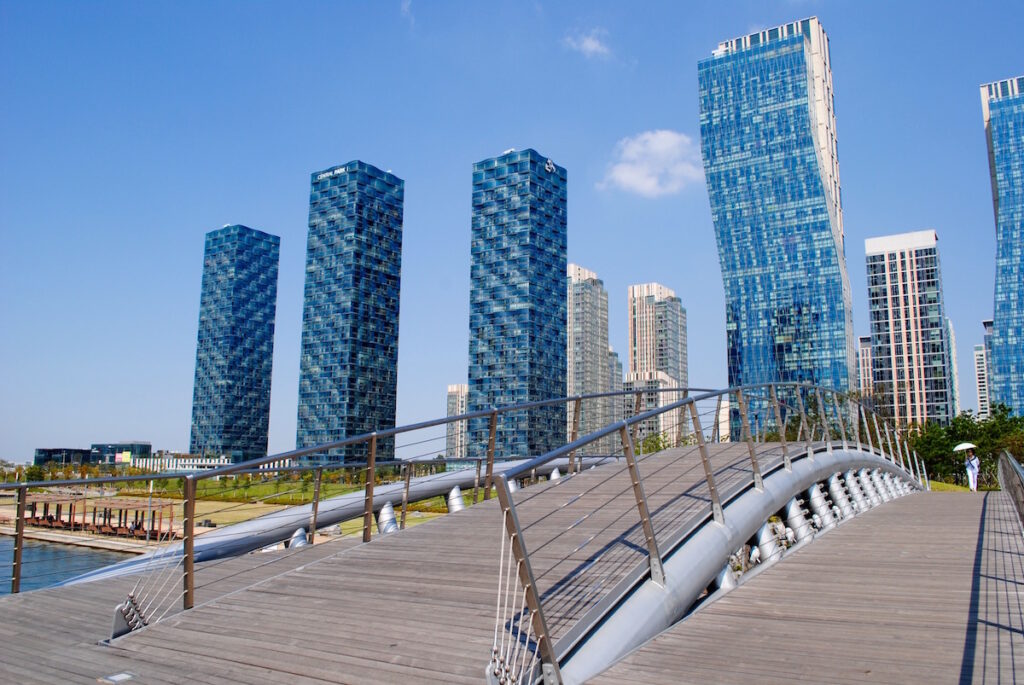
Finding Housing
Like many international schools, Chadwick provides housing for all its teachers, which is a huge benefit. They also provide teachers basic furniture and a stipend for utilities. The school has sets of apartments near the school, so a lot of the staff are close neighbors. In fact, most people here live in large apartment complexes. I’ve only seen houses in the Korean countryside.
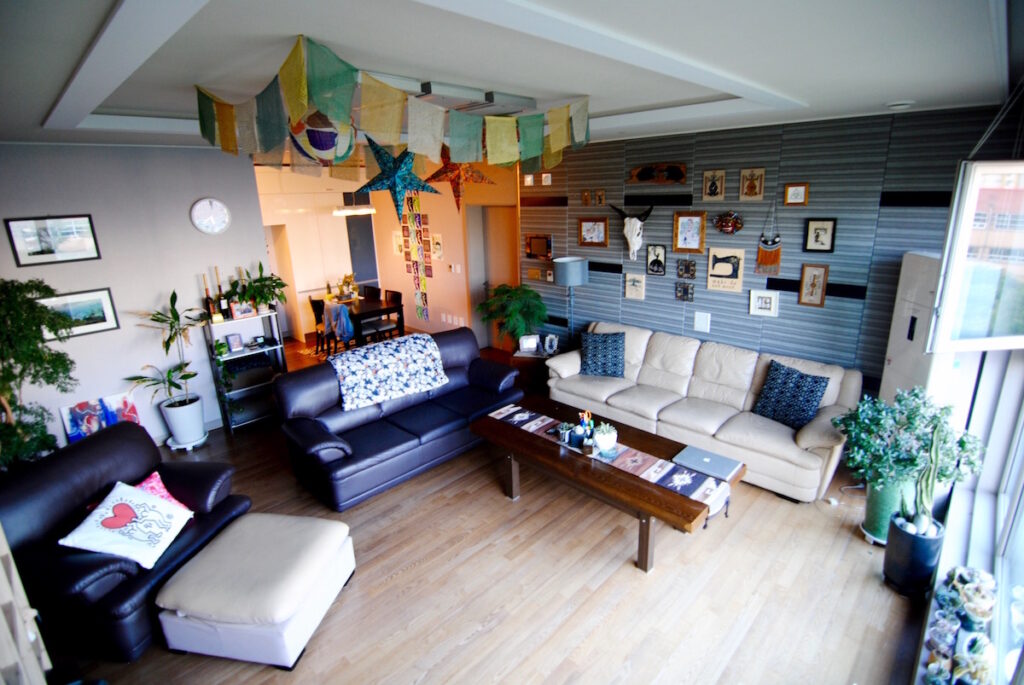
Safety and Helpfulness
I think it would surprise people to know how easy it is to live here. Korea is very technological with Wi-Fi just about everywhere. It is also incredibly safe. I know teachers who have lost wallets in cabs only to have them returned by the cab driver the same day. I have had strangers help me read restaurant menus, guide me on the subway, and jump start my car when the battery died.
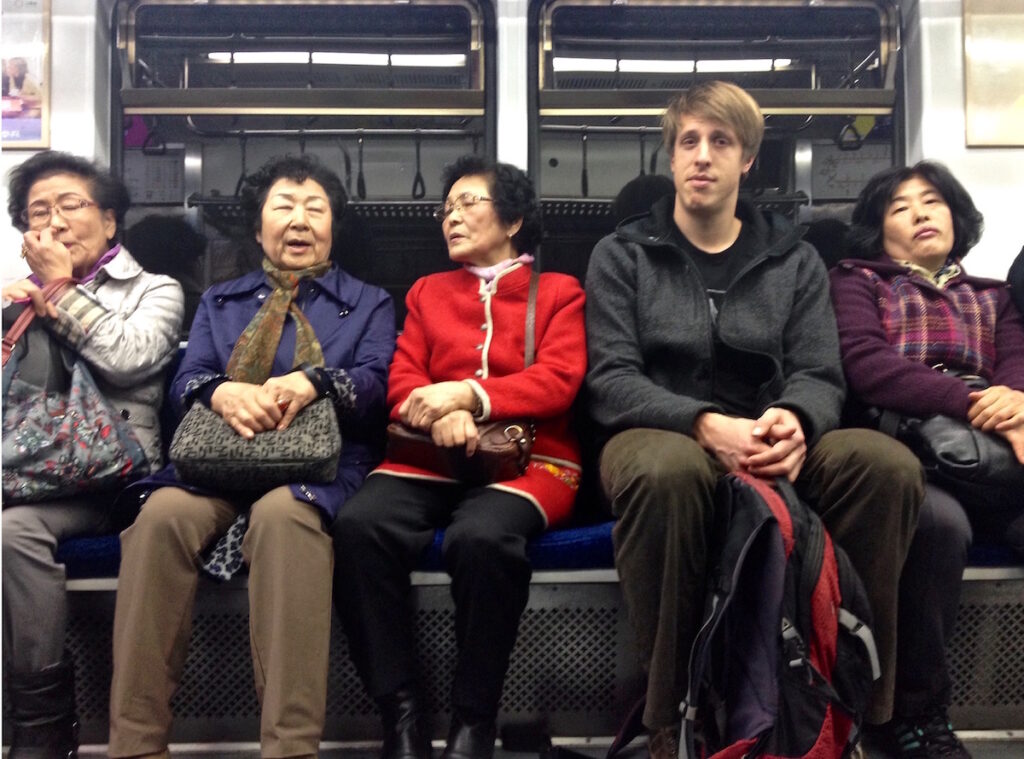
While learning the language has been incredibly difficult, I have managed to live here for four years and acquire everything that I need to live a very comfortable life. Korea is a country of respect, and I have experienced this courteousness and acceptance on multiple occasions.
Travel Perks

Throughout the year, we have multiple breaks. One of the biggest benefits to this schedule is that everyone here takes vacation as an opportunity to travel. In my four years here, I have traveled to multiple cities in the Philippines, Japan, China, Thailand, Cambodia, Fiji, Mongolia, and Taiwan. Plus, if I want a short getaway, Seoul is just an hour bus ride away!
Missing Favorites
I am a creature of habit, so one of the biggest challenges for me was not being able to access all of the things that I was accustomed to. Every summer I bring back a year’s supply of my favorite toothpaste, deodorant, and moisturizer. Not being able to go to the nearest grocery store and buy Honey Nut Cheerios, A&W root beer, and York Peppermint Patties is still difficult.
However, through this experience, I have become more grateful for the things I do have and the new habits and favorites I have developed. When I go home in the summer, I start to miss my favorite Korean bakery with their squid ink cheese bread and the Korean/Mexican fusion restaurant that serves my favorite kimchi carnitas french fries.
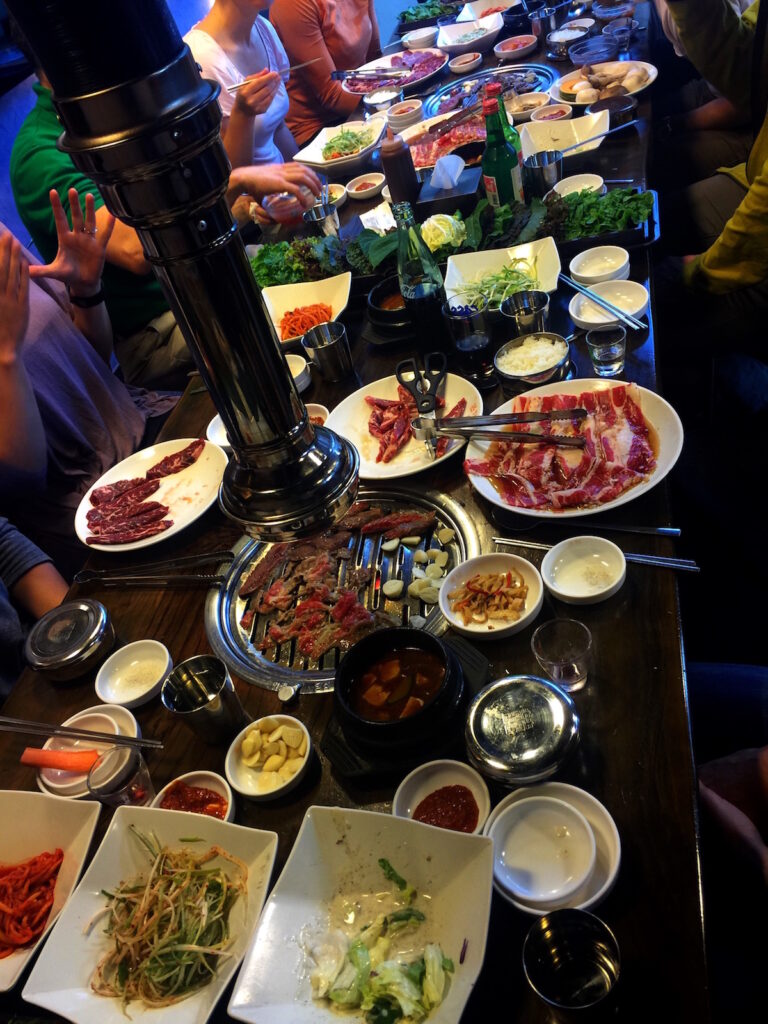
This is a picture of my latest birthday dinner at my favorite Korean BBQ restaurant. It is all about family-style dining, with about a thousand plates and dishes. So delicious!
On Teaching Abroad
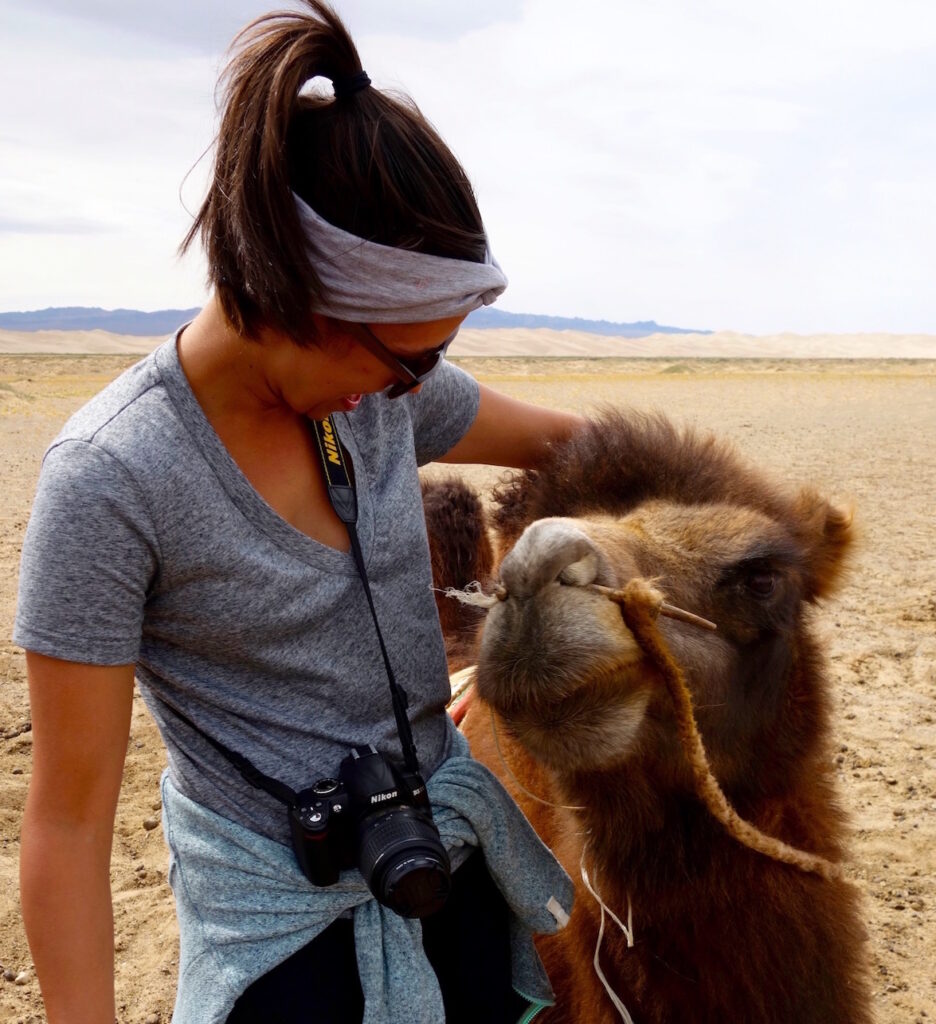
Although it’s hard to be away from my family and friends, I am so grateful that I had people in my life to encourage me to pursue teaching abroad. To be honest, I had no idea it was even an option, but now I can’t imagine my life without it.
Every time I miss a friend or family member’s birthday or wedding, I remember I am doing something that is benefiting me professionally and making me a more independent and adventurous person. For now, I know this is the time in my life to take risks and continue this adventure, and that means sending more emails and texts, posting more pictures, and calling more often to the people that I care about back home.
Thank you so much, Lauren!
What surprised you most about Lauren’s story?
Has this series inspired you to consider teaching overseas?
Magazine articles and podcasts are opinions of professional education contributors and do not necessarily represent the position of the Art of Education University (AOEU) or its academic offerings. Contributors use terms in the way they are most often talked about in the scope of their educational experiences.
